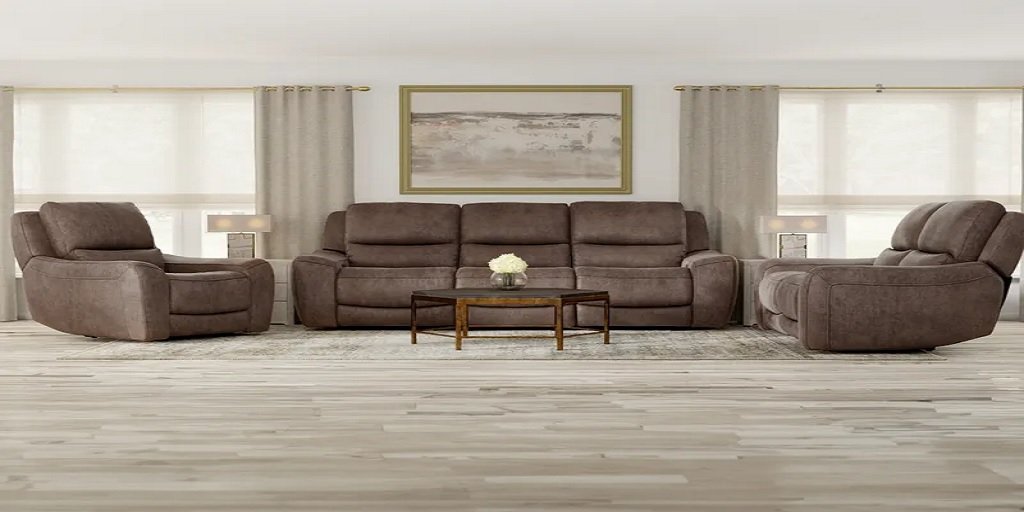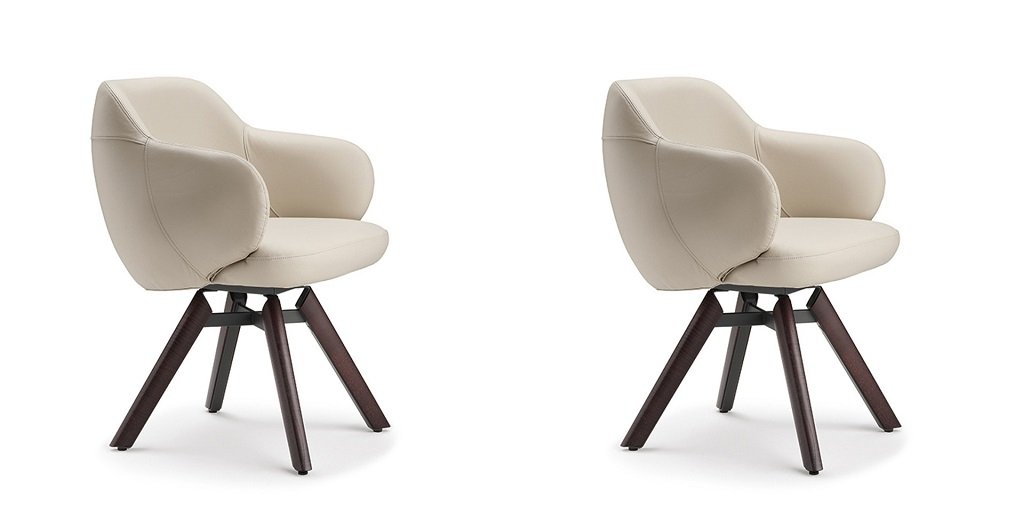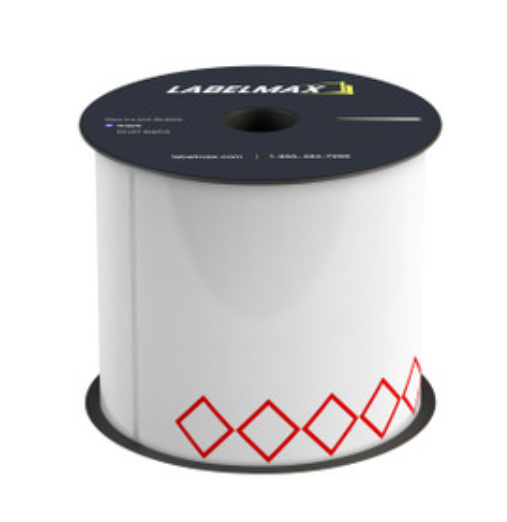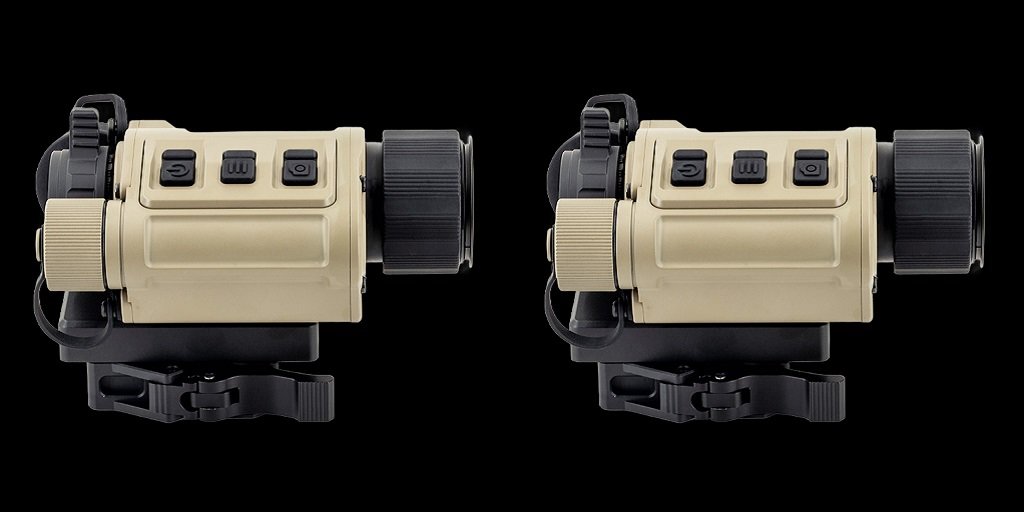When it comes to purchasing a katana, the sheer number of options can be overwhelming, especially if it’s your first blade. With so many different types, materials, and price points, how do you know which one is right for you?
If you are a collector, martial artist, or just someone fascinated by the elegance of these traditional blades, understanding the various steel types used in katanas can help you make an informed decision, especially if you are choosing your first katana.
Choosing the Right Katana
The first step in selecting a katana is determining its intended use. Are you looking for a decorative piece, a practice sword, or a high-performance cutting blade? Entry-level katanas made from more flexible and durable steel are great for beginners, while experienced practitioners may want a higher carbon content for better edge retention and sharpness.
Spring Steel: The Beginner’s Choice
Spring steel is one of the most common materials for entry-level katanas. It is known for its remarkable flexibility, making it ideal for those new to swordsmanship. A Spring Steel Katana can bend up to 45 to 90 degrees without breaking, thanks to its ability to return to its original shape.
With a hardness rating of approximately 50 HRC, it offers a balance between sharpness and durability, making it a great option for those looking for a resilient and cost-effective blade. A spring steel type sword is perfect for light practice and display purposes.
T10 Steel: The Balanced Performer
If you want to step up your game, T10 steel is a fantastic choice. It contains around 1% carbon, which gives it enhanced hardness and edge retention. When subjected to clay tempering, T10 steel becomes even more formidable, offering excellent sharpness and edge rotation.
With a hardness of 60 to 65 HRC, it provides both toughness and shock absorption. This makes it a great option for practitioners who engage in cutting exercises, such as slicing through bamboo or tatami mats. It’s strong enough to maintain a razor-sharp edge while also being resistant to chipping or breaking under stress.
Tamahagane: The Traditional Masterpiece
For those seeking the pinnacle of craftsmanship and authenticity, tamahagane steel is the ultimate choice. This material, often referred to as “jewel steel,” has been the hallmark of traditional Japanese swordsmithing for centuries.
Created from iron sand through an intricate and labor-intensive process, tamahagane steel is rare and highly prized. The smelting process results in a steel that is both strong and beautiful, with unique grain patterns formed during forging.
While tamahagane katanas are not necessarily superior in performance compared to modern high-carbon steels, they hold immense historical and cultural value. Collectors and purists appreciate the lineage and meticulous craftsmanship that go into making a tamahagane sword, making it more of an heirloom piece than a practical cutting tool.
Understanding the Right Fit for You
When choosing a katana, you need to consider several factors. Choosing your first katana requires understanding what fits your needs, and what is the right fit for you.
Purpose
If you’re looking for a functional blade for training, spring steel or T10 steel is a solid choice. If you want a historical collector’s piece, tamahagane is the way to go.
Budget
Spring steel katana is the most affordable, while tamahagane is significantly more expensive due to its rarity and craftsmanship.
Maintenance
High-carbon steel requires more upkeep to prevent rust, whereas spring steel is more forgiving in terms of maintenance.
Ultimately, the best katana for you depends on your needs and level of expertise. Whether you prioritize performance, durability, or tradition, understanding the different materials used in katana forging will ensure that you choose a blade that meets your expectations and serves its intended purpose effectively.
For more information about Ninja Sword and Japanese Sword Please visit: True Swords.













Leave a Reply